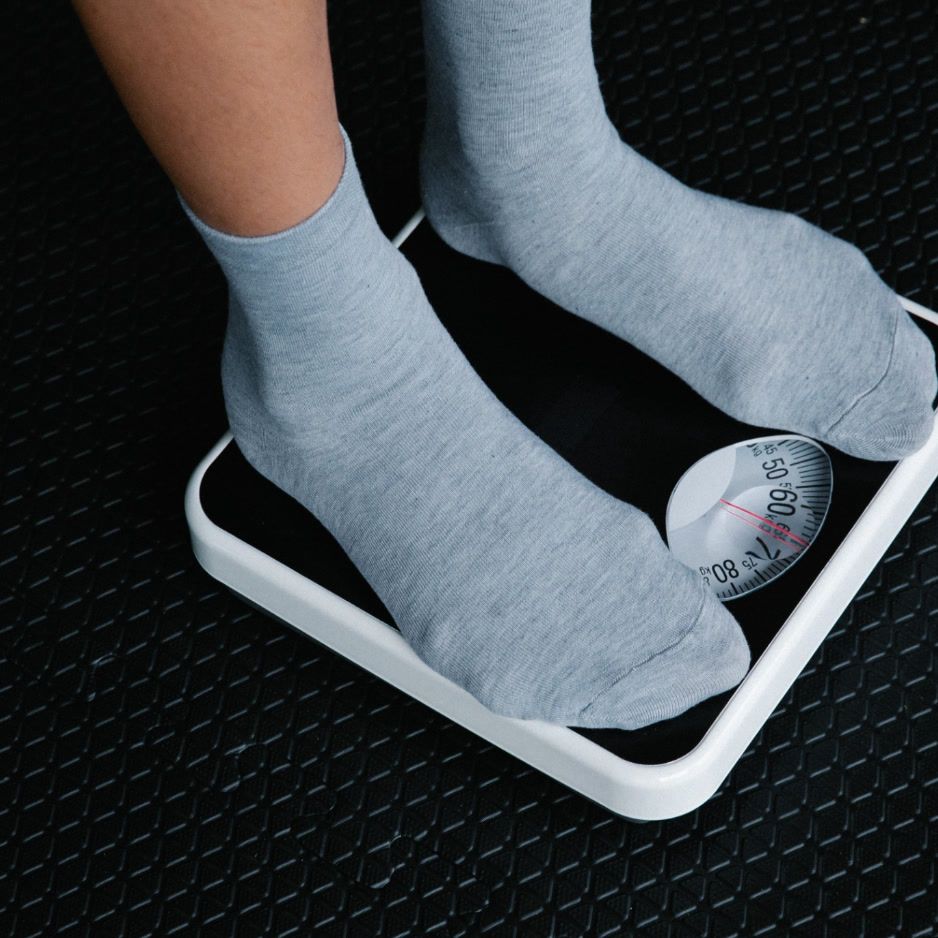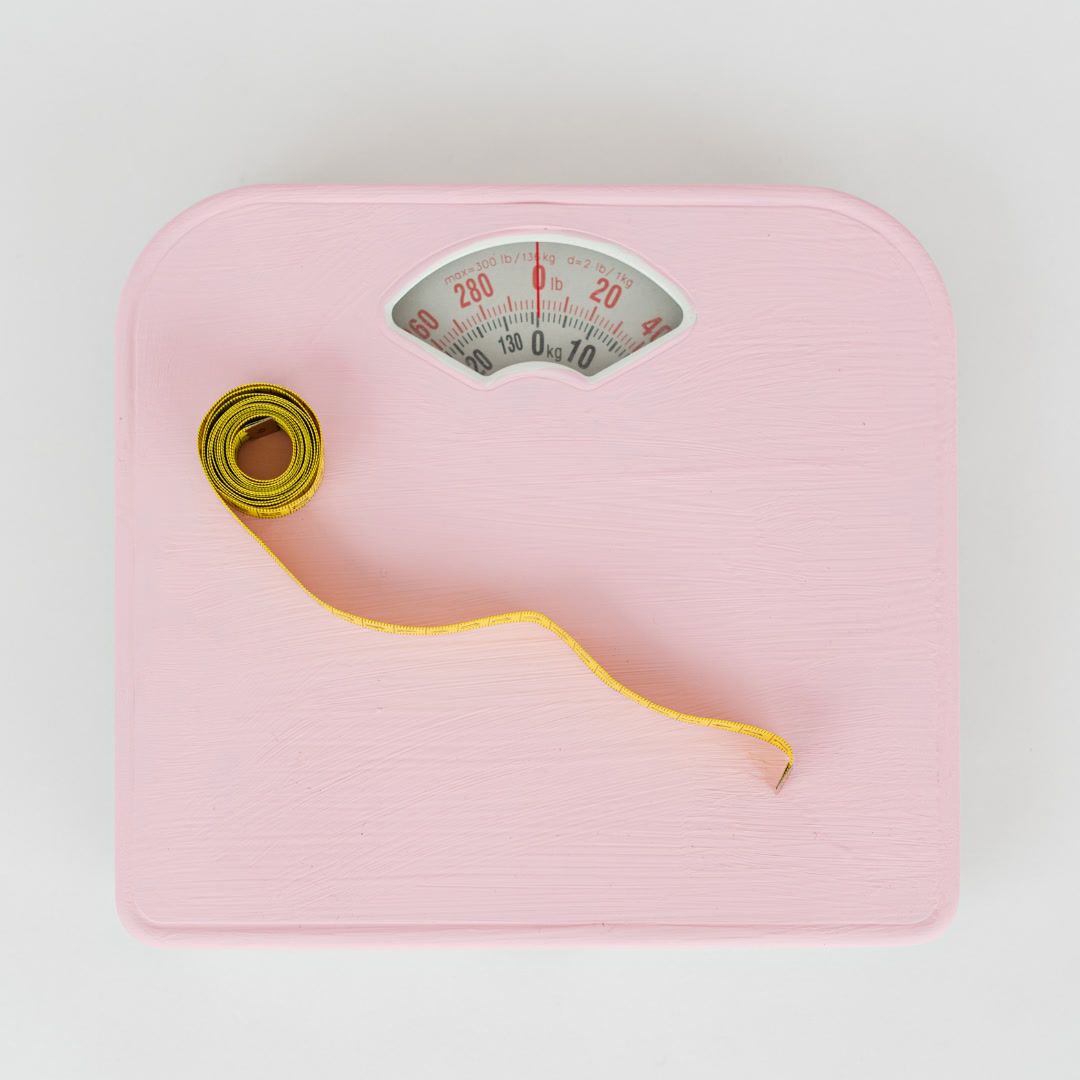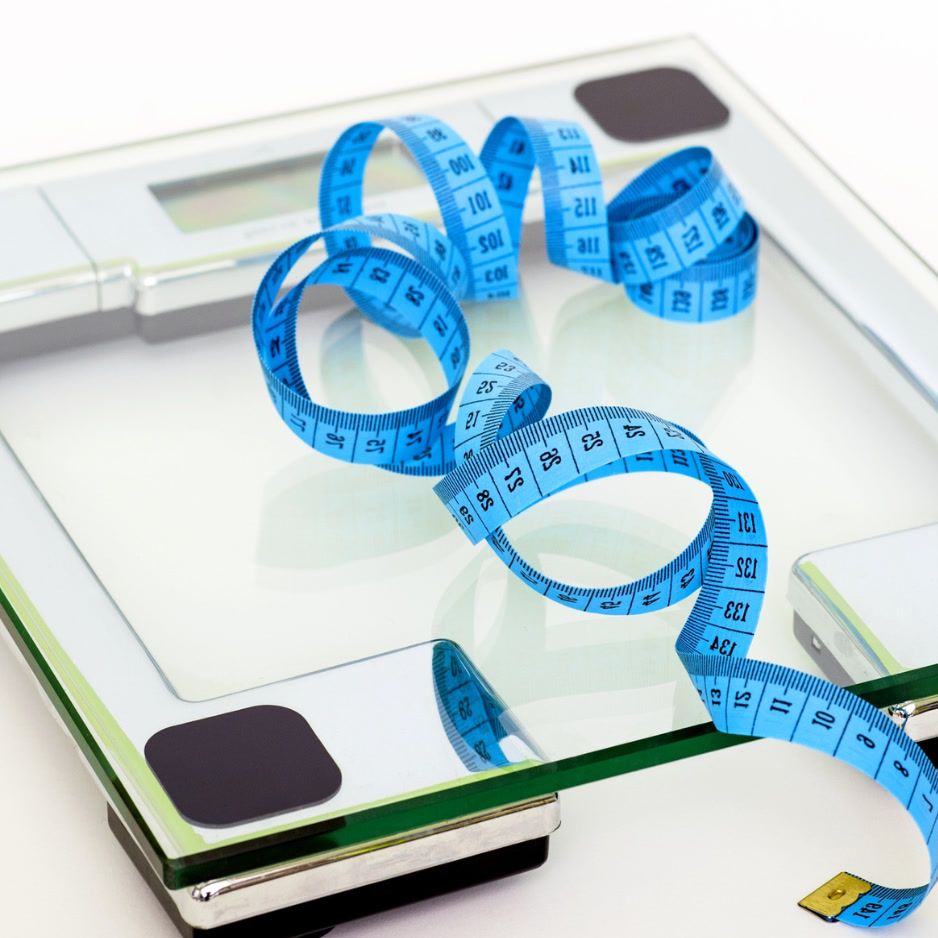CrossFit Women: Training, Recovery & Results

CrossFit Women: Training, Recovery & Results
Whether you’re eyeing your first CrossFit class or chasing a new PR, this friendly, evidence‑backed playbook is built for CrossFit women. You’ll learn how to scale confidently, train smarter around your cycle, protect pelvic health, fuel and recover for performance, and track real body‑composition changes with DEXA.
Looking for info for CrossFit women fast? Here’s what you’ll get: beginner tips, cycle‑savvy programming, pelvic floor help, injury‑proofing, simple nutrition, and gear that actually helps. You’ll also learn how to use DEXA to measure muscle, fat, and visceral fat—so the progress you feel shows up in the data.
Real‑world snapshots: common journeys we see
- Beginner breakthrough: A beginner might walk in nervous. Two weeks later, she’s in class 3x/week, scaling deadlifts and practicing ring rows. The scale may not budge at first, but her jeans fit better. A follow��‑up DEXA often explains it: a touch more lean mass, a bit less fat.
- Busy professional: The busy professional often books 45‑minute classes, keeps a simple protein + carb snack handy, and protects 7–8 hours of sleep. Quarterly DEXA scans help confirm she’s building muscle—not just sweating.
- Competitor mindset (at any level): A competitor protects recovery like a training session, starts with a slightly heavier rope to sharpen timing, and plans PR attempts on “great‑energy” days. Cycle logs help nudge volume up or down—no guilt, just adjustments.
Quick‑start: Your first 30 days

- Pick a coaching‑first gym and show up 3x/week. Consistency beats heroics.
- Tell your coach your goals, background, and any injuries. Ask about the workout’s intended stimulus and how to scale movements to achieve it.
- Start lighter than you think. Keep good positions and steady pace over using the prescribed workout’s standard (“Rx”) weight. For a simple primer on stimulus and scaling, see our guide to scaling and tracking WODs.
- Recovery basics: sleep 7–9 hours, include protein at each meal, and hydrate to match your sweat. A simple blueprint is in our muscle recovery guide.
- Track what matters. PRs and benchmark times are great, but DEXA shows if you’re gaining lean mass while reducing fat. Learn how DEXA works: body fat % by DEXA.
Programming for CrossFit women: what the science says
Menstrual‑cycle informed training
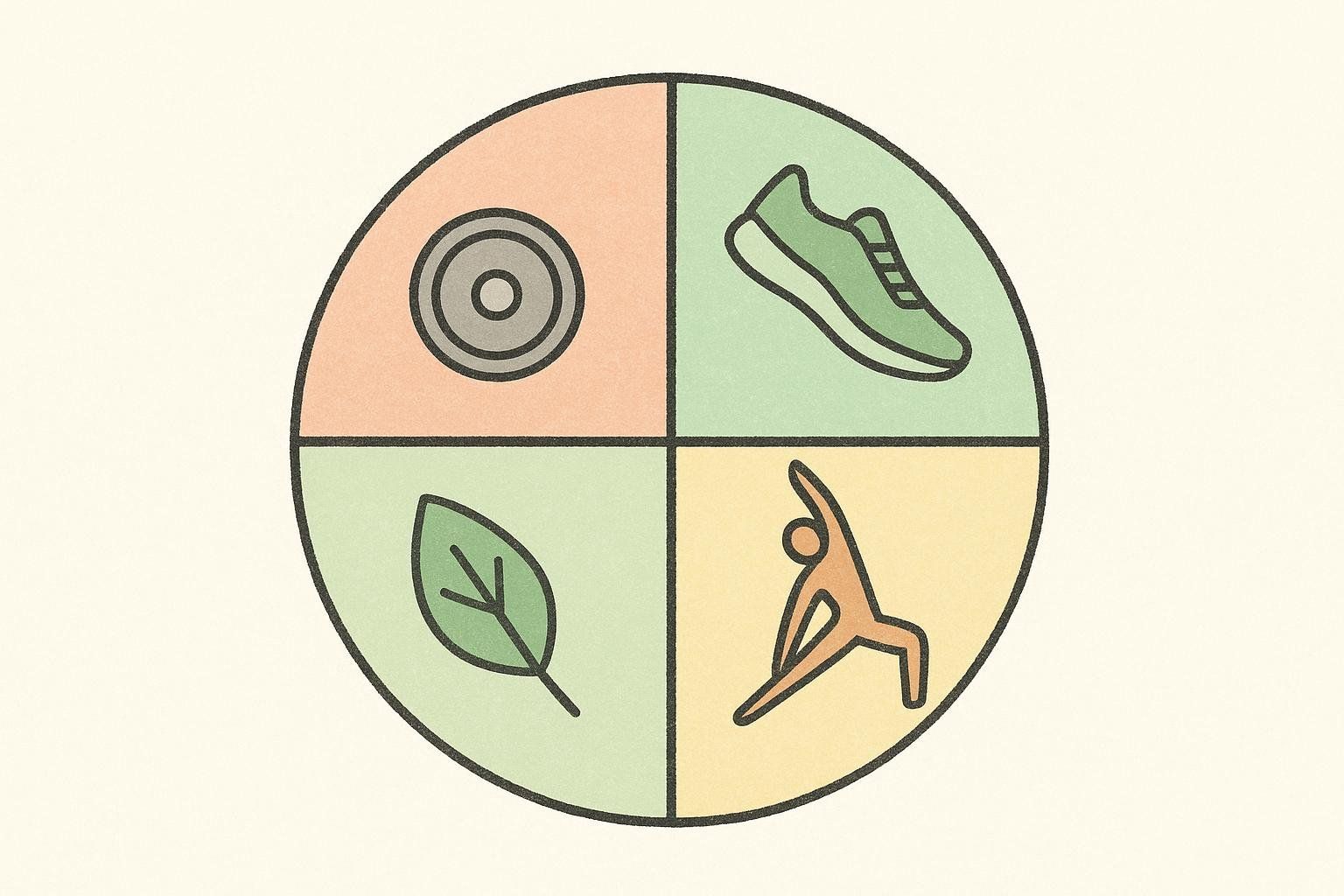
Research is still mixed. A high‑quality review found some differences in certain submax tests by phase, but max strength and endurance weren’t consistently different across the cycle (Journal of Applied Physiology). A meta‑analysis suggests max strength may dip a bit in early follicular and feel better late follicular/ovulation for some, but confidence is low and methods vary (Sports, 2024).
Practical takeaways:
- Log your cycle + workouts for 2–3 months. On lower‑energy days, keep the stimulus but scale load/reps. On high‑energy days, push intensity or heavier lifts.
- Skill work is cycle‑proof. Schedule Olympic‑lifting progressions and gymnastics drills when you’re fresh.
- If cramps, poor sleep, or low energy hit: maintain movement quality; trim reps or load without guilt.
REDs (Relative Energy Deficiency in Sport): protect your engine
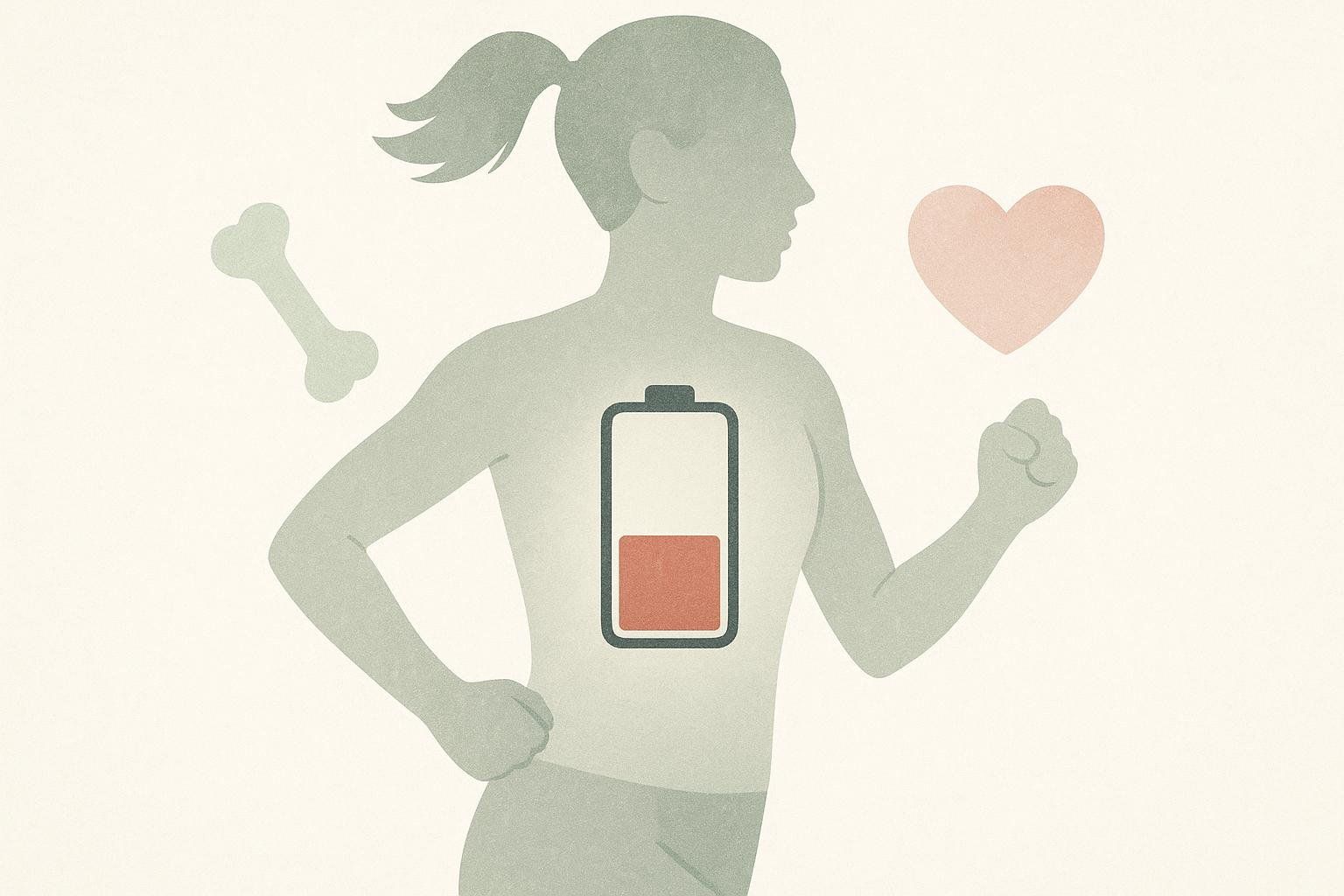
Low energy availability can affect bone, menstrual, immune, heart, and performance health. The IOC’s updated consensus includes new screening guidance and a clinical assessment tool (BJSM, 2023).
Watch‑outs to discuss with a clinician/coach: persistent fatigue, recurring injuries/illness, menstrual changes, stalled strength, mood shifts, or fixation on weight. If body comp is a goal, use responsible tools (periodic DEXA with consistent prep) and avoid rapid weight cuts. See our DEXA accuracy guide and DEXA for women.
Pelvic health in CrossFit: common, manageable, and worth addressing
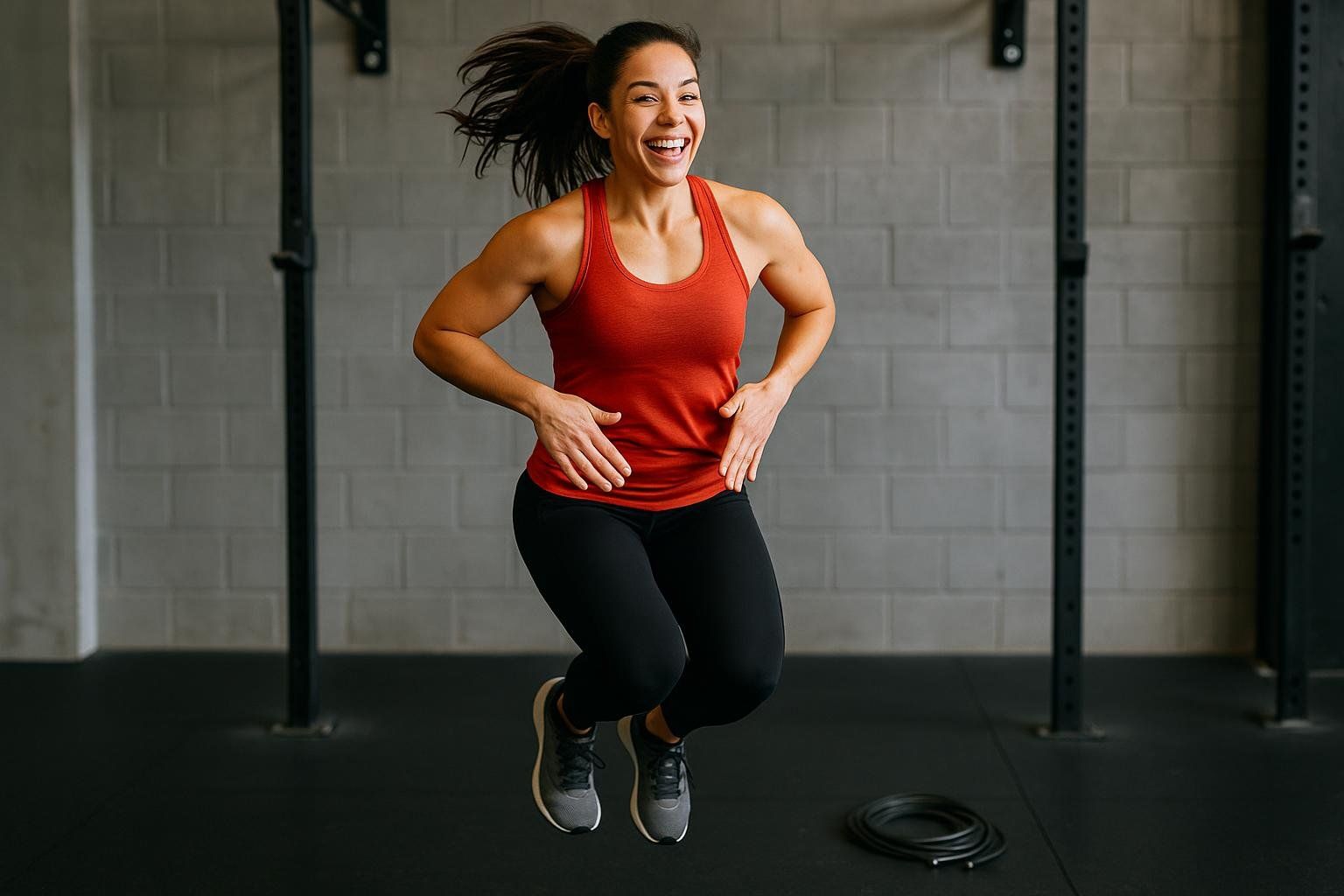
Leakage during jumps or heavy lifts is more common than you think—and it’s treatable. A meta‑analysis of 4,823 women found about 4 in 10 female CrossFitters report urinary leakage, especially with jumping (double‑unders, box jumps). Risk rose with age, BMI, and parity (PMC, 2022).
Action plan:
- Scale impact when needed (e.g., double‑unders → single‑unders or penguin taps) and track symptom patterns.
- Breathe + brace smarter: try exhaling on exertion instead of default breath‑holding.
- Consider pelvic floor PT for individualized help—supervised care beats “just do more Kegels.” Learn more: pelvic floor therapy.
Keep in mind: For some, weight management reduces intra‑abdominal pressure and symptoms; DEXA helps you reduce fat while protecting lean mass.
Injury patterns in CrossFit women—and how to reduce risk
One survey of CrossFit athletes found that 28.6% reported an injury; shoulders and knees were common. Barbell lifts (snatch/clean), box jumps, and pull‑ups were commonly associated with these injuries. Using soft boxes and prioritizing technique helped reduce issues like shin cuts and falls (IJERPH, 2024).
Risk‑reduction checklist:
- Preserve the stimulus via scaling instead of forcing Rx. See: scaling and tracking WODs.
- Own your hinge and receive positions in Olympic lifts; add paused/tempo variants.
- Choose soft boxes; step down instead of rebounding when fatigued.
- Build strict strength first; add kip volume gradually.
- Recover like it matters. Sleep, protein, hydration—boring but unbeatable.
Nutrition for performance and body composition
Protein targets (simple rules that work)
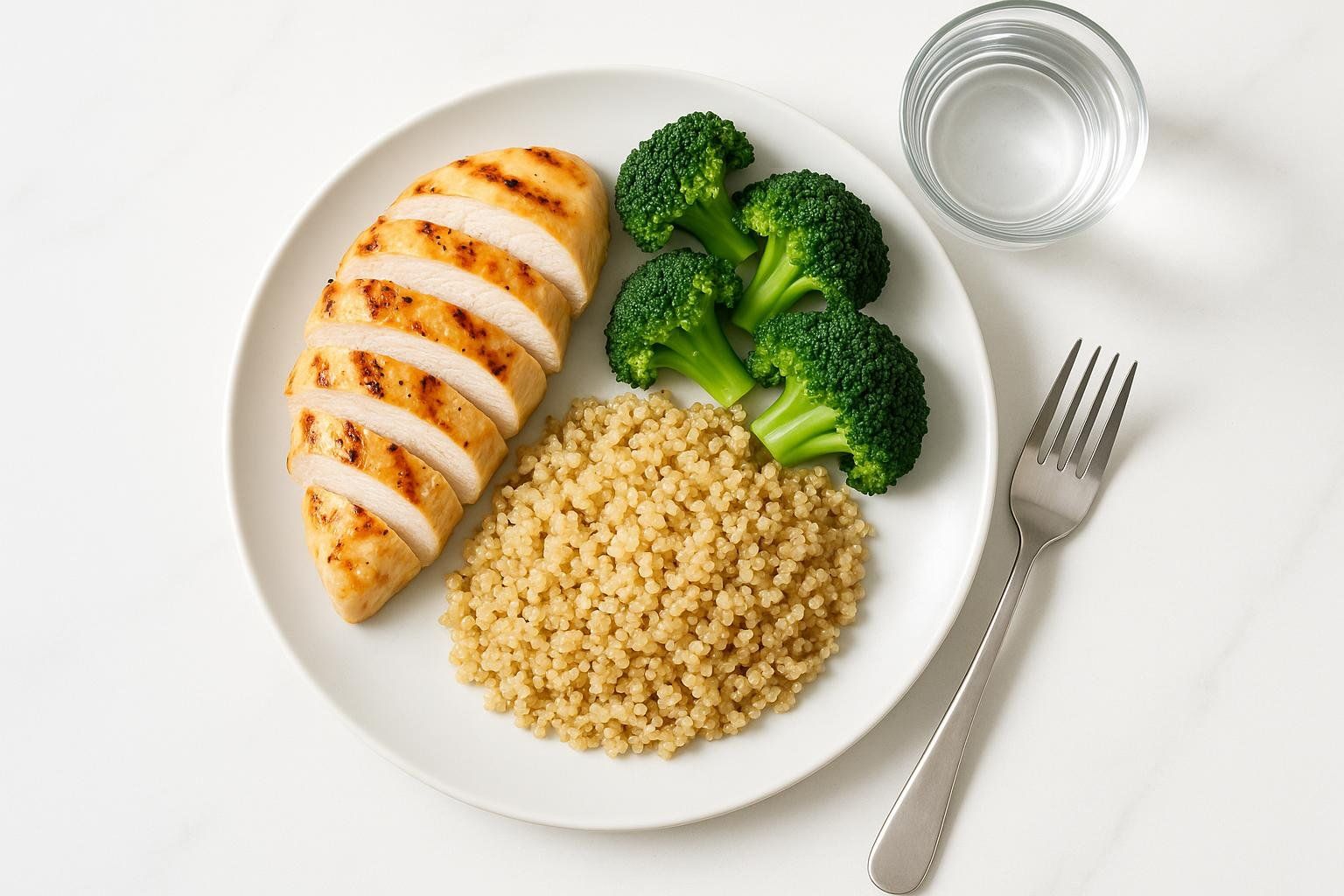
Most CrossFit women do well with about 1.4–2.0 g/kg/day, spread across meals; 20–40 g (≈0.25–0.40 g/kg) per meal supports muscle protein synthesis (ISSN, 2017). For timing and food/supp picks, see: best protein after a workout and hypertrophy guide.
Creatine (yes, for women too)
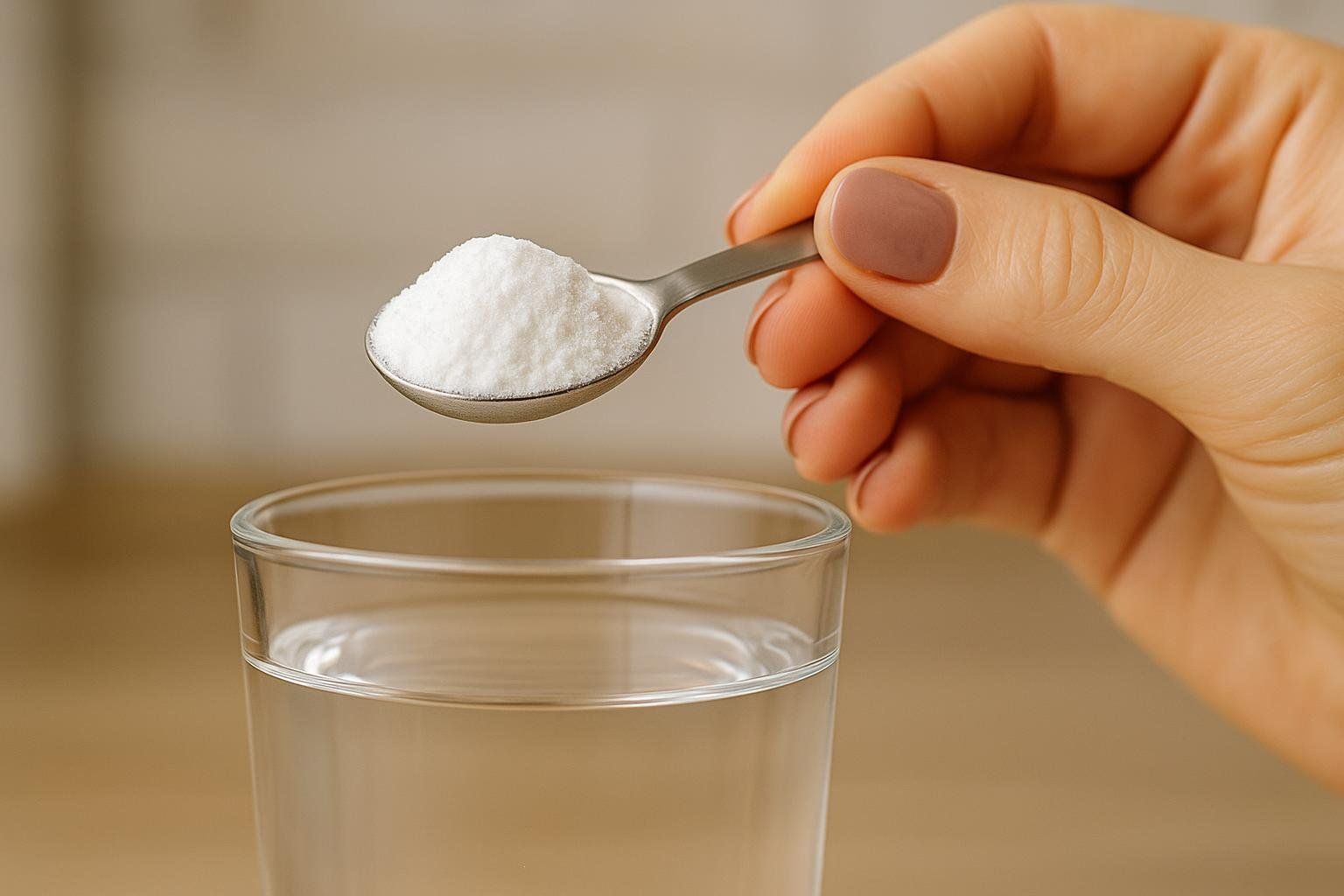
Creatine monohydrate is one of the most studied, effective, and safe supplements for healthy adults seeking better strength/power and training quality. Typical use: 3–5 g/day (loading is optional) (JISSN, 2007).
Why iron matters for female athletes
Iron deficiency—sometimes without anemia—can drain energy and endurance; female athletes have higher risk. Discuss screening and symptoms with your clinician; supplement only under guidance (Cleveland Clinic, 2024).
Fuel around training (no overthinking required)
- Carbs are your friend around hard sessions to refill glycogen and support intensity.
- Post‑workout: pair carbs + protein in a meal or shake within a couple of hours. If you train again the same day, prioritize carbs in the meal between your sessions and include a lean protein source to feel ready.
- Hydration: replace ~150% of body mass lost to sweat across 4–8 hours; include electrolytes for hot/long sessions. Details: electrolytes and hydration guide.
Tracking progress the smart way
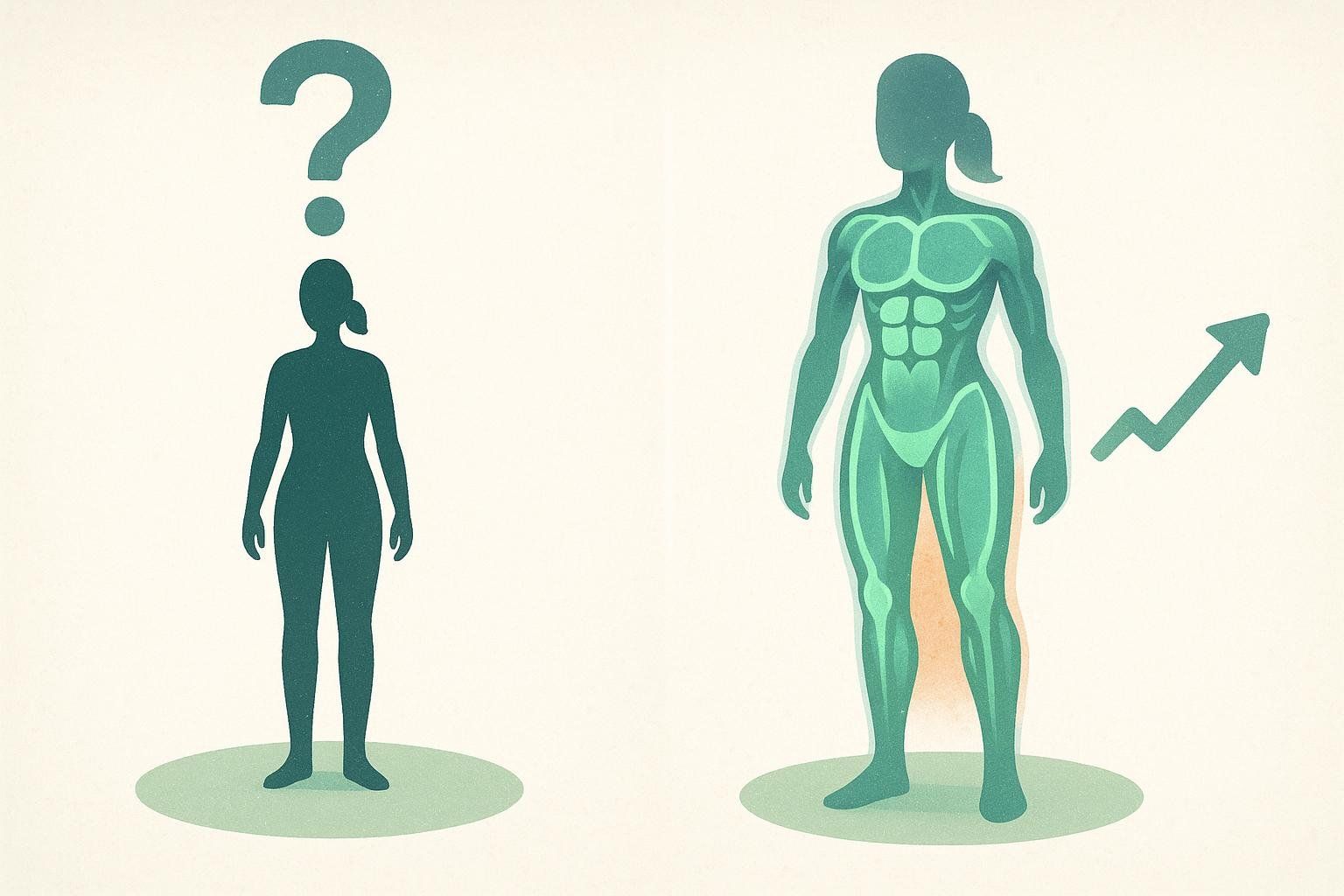
Scale weight can hide wins when you gain muscle while losing fat. A BodySpec DEXA scan quantifies fat mass, lean mass, and visceral fat, plus regional changes (arms, legs, trunk) so you see what’s really changing.
- Why DEXA: strong agreement with reference methods, regional detail, and a visceral fat estimate (DXA review, 2017).
- DEXA vs. BIA smart scales: BIA can track trends but shows wide individual error vs. DEXA, especially across BMI ranges (PLOS One, 2018).
- Visceral fat in athletes: DEXA VAT correlates with MRI, though accuracy can vary at higher volumes/heavier athletes—interpret trends with context (Int J Sports Med, 2022).
- Prep matters: consistent meal timing, hydration, and exercise avoidance before scans improve repeatability. See: how to prepare and our accuracy guide.
Suggested cadence: baseline → 8–12 weeks → quarterly, aligned to training blocks. Learn more: DEXA for women.
Gear tips from the trenches (what women actually use)
- Shoes: Use a stable cross‑trainer for lifting and rope climbs; switch to cushioned runners for longer runs. If the shoe squishes under a heavy squat, you’ll fight for balance.
- Hands: Athletic thumb tape or gymnastic grips for bar work. Tape saves thumbs on hook grip; grips save palms on high‑rep pull‑ups.
- Jump rope: Start with a slightly heavier cable to feel the rhythm; graduate to a speed rope when timing is locked in. Heavier first, faster later.
- Box: Choose soft boxes when possible to protect shins; step down when fatigued to reduce risk. Stepping down keeps intensity high without gambling on a slick rebound.
- Tracking: Log loads, reps, and how the workout felt. Circle the best set of the day and why (breathing, pacing, grip)—it becomes a blueprint for success.
FAQs
I’m intimidated by the skills. Where do I start?
Ask your coach to identify the stimulus and 1–2 focus movements per cycle. Scale load first, then reps, then movement. Our primer on scaling and tracking WODs can help.
Will CrossFit make me bulky?
Most CrossFit women gain modest lean mass and lose fat, creating an athletic look rather than “bulk.” For realistic timelines, see what CrossFit results to expect.
Should I train by my menstrual cycle?
Use your logs to guide small tweaks. Evidence for one “best” cycle plan is limited and mixed (Journal of Applied Physiology; Sports, 2024). Prioritize how you feel and perform.
I leak on double‑unders. What now?
Scale impact temporarily, refine breathing/bracing, and consider pelvic floor PT. Leakage is common with jumping and improves with targeted strategies (PMC, 2022).
Is creatine safe for women?
Yes. Creatine monohydrate (3–5 g/day) is well‑studied and safe for healthy adults; it supports strength/power and training quality (JISSN, 2007).
The bottom line
CrossFit thrives on community, grit, and smart training. For CrossFit women, that means honoring the intended stimulus, fueling your work, and recovering like an athlete. Use DEXA to prove your progress—more lean mass, less fat, better distribution—and let the data fuel your confidence. Keep showing up, celebrate small PRs, and remember: you’re building strength that carries far beyond the gym.
Ready to see your starting point? Book a BodySpec DEXA scan.
Disclaimer: Educational content only; not medical advice. Consult your clinician for personal guidance, especially for pelvic health, REDs, and supplementation.
